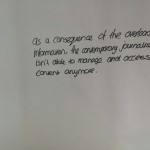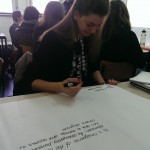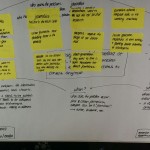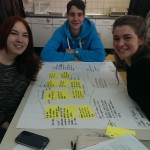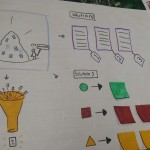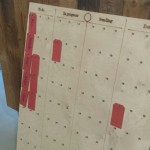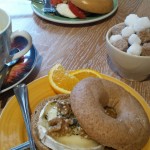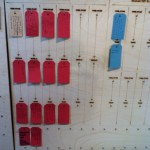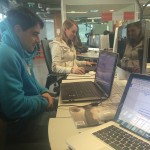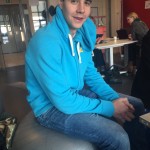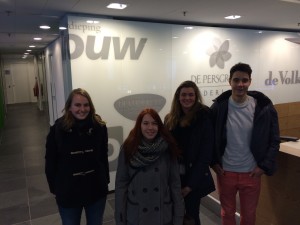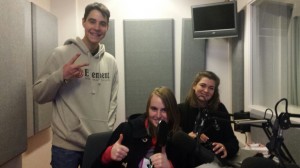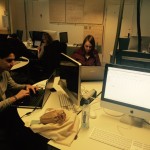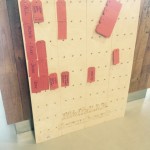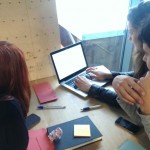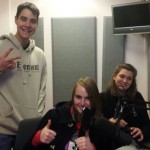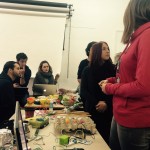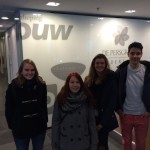First meeting with a real journalist
This week we had a translate session with Margreet where we showed the work that we already finished. We mainly focused on the interaction between the reader and the journalist by observing several well known journalists. We made moodboards as a prototype and a document with our findings.
Our main conclusion was that they all use similar tools, but not really innovative ones. They answer other people via their blog, facebook and Twitter, but it didn’t feel like they took the most profit out of it.
Meanwhile when we were waiting for an answer from de Persgroep, we also searched for interesting elements of journalism tools. We plan to make clickable prototypes of those elements and maybe combine them with each other. This part isn’t our main priority though but still very interesting to look out for because we can use this in a later stage.
Also, we were really focused on the interviews we were hoping to get this week. The exciting news that we got from de Persgroep was that they could provide us with an interview and a chance to attend the daily meetings with the Volkskrant. It was extremely interesting to watch how the journalists and chiefs provided each other with different subjects and feedback with some jokes in between.
Afterwards we had one interview with a data journalist named Sybren Kooistra. At first we hoped that we could speak with some more journalists but he already provided us with so much insights. His vision about future journalism and tools was very fascinating.
We took all of these insights with us when we got back to MediaLAB and there we came up with something we really like to focus on which is that;
We would like to create a tool that connects both the citizen journalists and the professional journalists so that they can join forces together to create amazing high quality articles which are not focused on deadlines.
Of course this not definite but it’s something we could take a look at.
After the interview we of course wrote down all of our notes and did some work on the user stories. We will present these at the peer session and the next meeting with the Persgroep.
See you next week folks!







